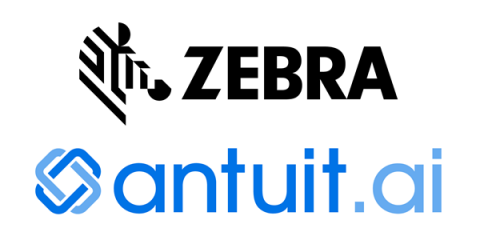DEX's Role in Bringing Generations Together
For the first time in history, there are four generations in the workforce. This puts organizations in a unique situation – how do you make the correct adjustments for such a wide-ranging workforce? We are interacting with tech in nearly every aspect of our lives. And each generation has their own preferences, expectations and drivers for using tech.











